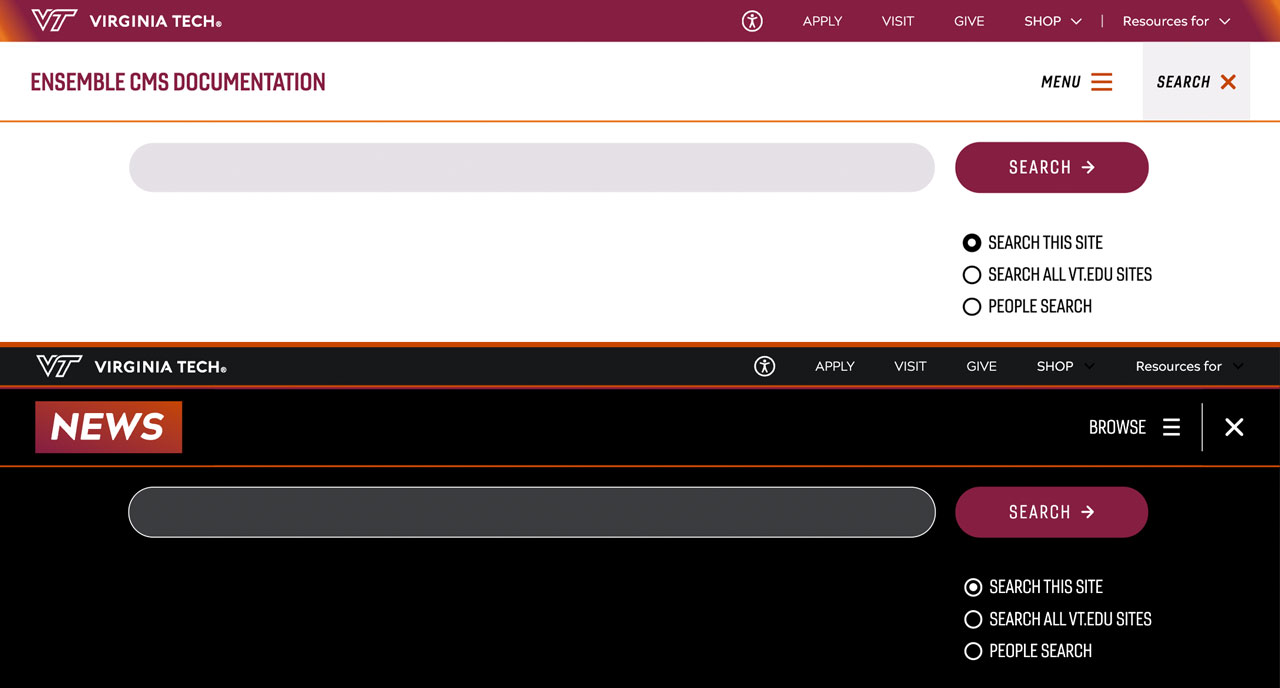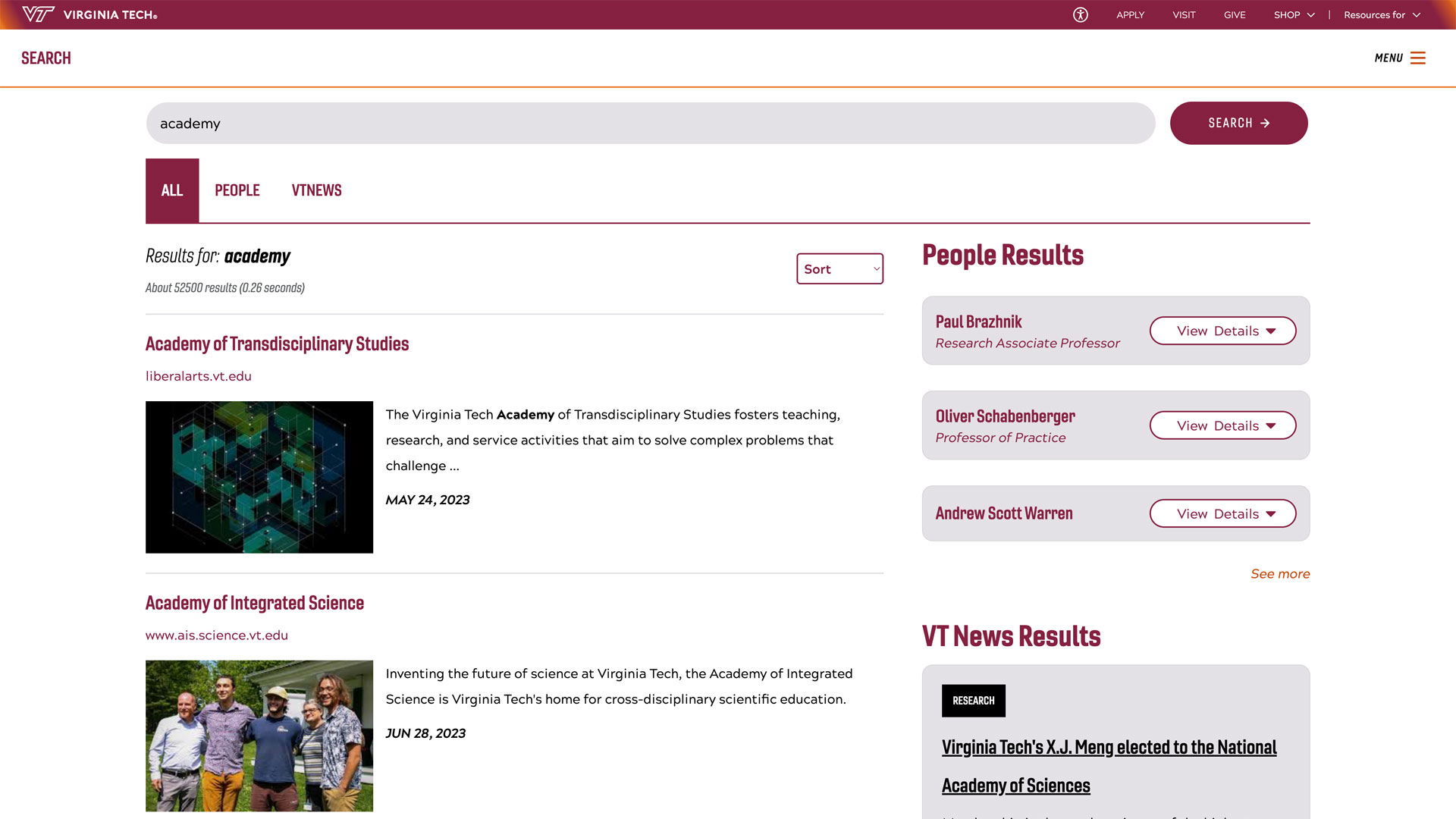Paving the way for strong wind hazard mitigation in Virginia

Every year, Virginia faces the powerful forces of hurricanes, tornadoes, and straight-line winds. While the state’s Hazard Mitigation Plan identifies these extreme wind events as significant threats, there have been no mitigation actions specifically dedicated to them — until now.
Invited by the Virginia Department of Emergency Management, Monica Arul, assistant professor of civil and environmental engineering, recently led the Hazard Mitigation Working Group meeting at the Liberty Mountain Conference Center in Lynchburg. This meeting marked a turning point in how Virginia prepares for and mitigates extreme wind threats, setting the stage for long-overdue action.
Arul is a structural wind engineer who leads the Wind and Society Research Lab at Virginia Tech. She offered her expertise to the discussion of extreme wind events, guiding the development of targeted mitigation actions aimed at hardening critical infrastructure, strengthening warning systems, and improving forecasting.
There were nearly 40 stakeholders in attendance including representatives from planning district commissions, Virginia Department of Emergency Management, National Oceanic and Atmospheric Administration, university emergency managers, the American Red Cross, Virginia Housing and Community Development, and other key organizations.
A call to action for extreme wind events
Virginia has its own "tornado alley," where clusters of past tornadoes have been recorded across south-central, southeast, and Northern Virginia. Damage from derechos and microbursts also is well documented annually. Hurricanes are ranked as a high-risk hazard and tornadoes and straight-line winds as medium-high risk, but the state has yet to assign dedicated mitigation actions to these extreme wind events.

As the lead facilitator, Arul worked closely with stakeholders in small groups to develop key, measurable mitigation actions such as expanding tornado warning systems to reach vulnerable populations, ensuring mobile and manufactured homes are properly tied down through improved code enforcement and public awareness campaigns, and conducting pre-storm pruning and tree risk assessments to minimize windborne debris and infrastructure damage. The proposed actions will be reviewed by the Federal Emergency Management Agency and, if approved, will be included in the commonwealth's next Hazard Mitigation Plan revision, due in 2028.
“A major breakthrough from this meeting is the potential introduction of a new category — W for Wind — into Virginia’s hazard mitigation planning framework” Arul said. Currently, mitigation actions are categorized under hazards such as Flooding (FL), Wildfire (WF), Pandemic (P), and Space Weather (S), among others.
A tornado summit on the horizon
This meeting is not a one-time event: Virginia’s Hazard Mitigation Plan is revised every five years, ensuring that mitigation strategies evolve with emerging data and risks. In addition to contributing to the next state plan update, Arul is taking immediate action by planning a tornado summit in partnership with the Department of Emergency Management in the fall.
Arul visited tornado-affected areas in Isle of Wight and Gloucester counties, where emergency managers guided her through the devastation of past tornadoes. She spoke with first responders, homeowners, and farmers who were severely impacted by the tornadoes. "It was bone chilling to stand in an empty space where a bustling factory once stood," she said.

The tornado’s path was still evident, marked by broken trees across the landscape. One of the key reasons for Arul’s visit was her research interest in the vulnerabilities of mobile and manufactured homes to high winds, particularly given their high concentration in these counties, where they account for approximately 16 to 20 percent of housing units — well above the national average. Improving the resilience of mobile and manufactured homes emerged as a top priority during hazard mitigation planning discussions.
The upcoming tornado summit will bring together stakeholders, local officials, and emergency managers to further assess Virginia’s tornado risks, explore mitigation strategies, and develop concrete plans to strengthen the state’s manufactured housing stock. As interest in extreme wind mitigation grows, this summit will serve as a crucial platform for knowledge-sharing, collaboration, and action
Building on the progress from this working group meeting, Virginia is poised to take a more proactive stance in addressing the risks of hurricanes, tornadoes, and straight-line winds.




